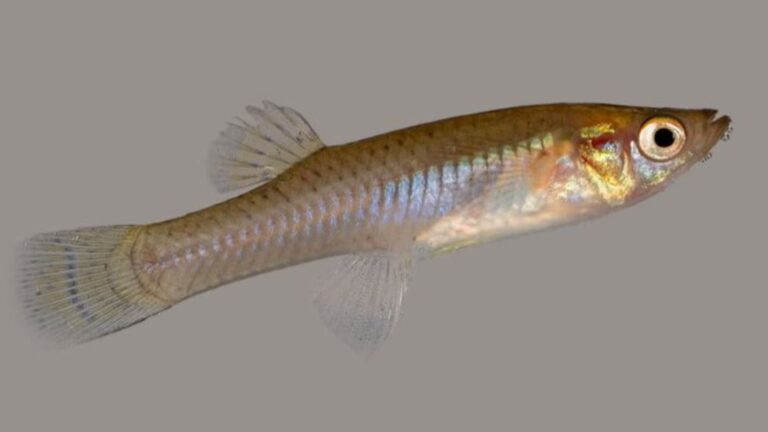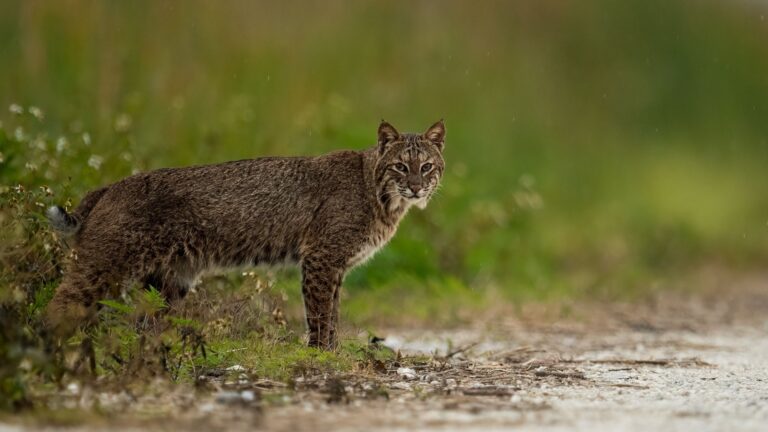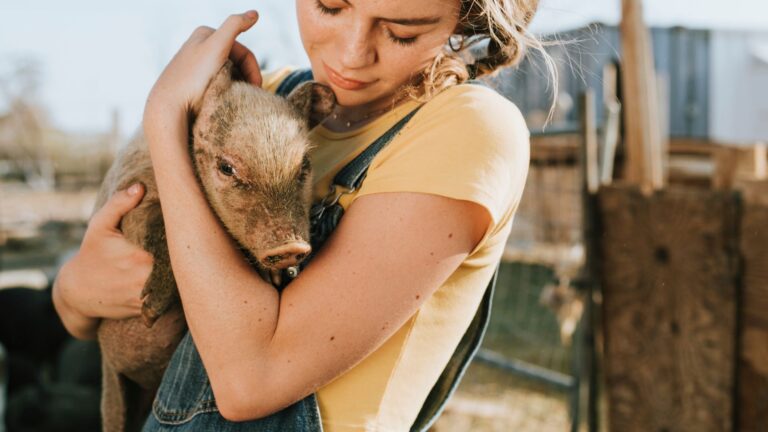Not Just Pandas: 14 Animals That Eat Bamboo
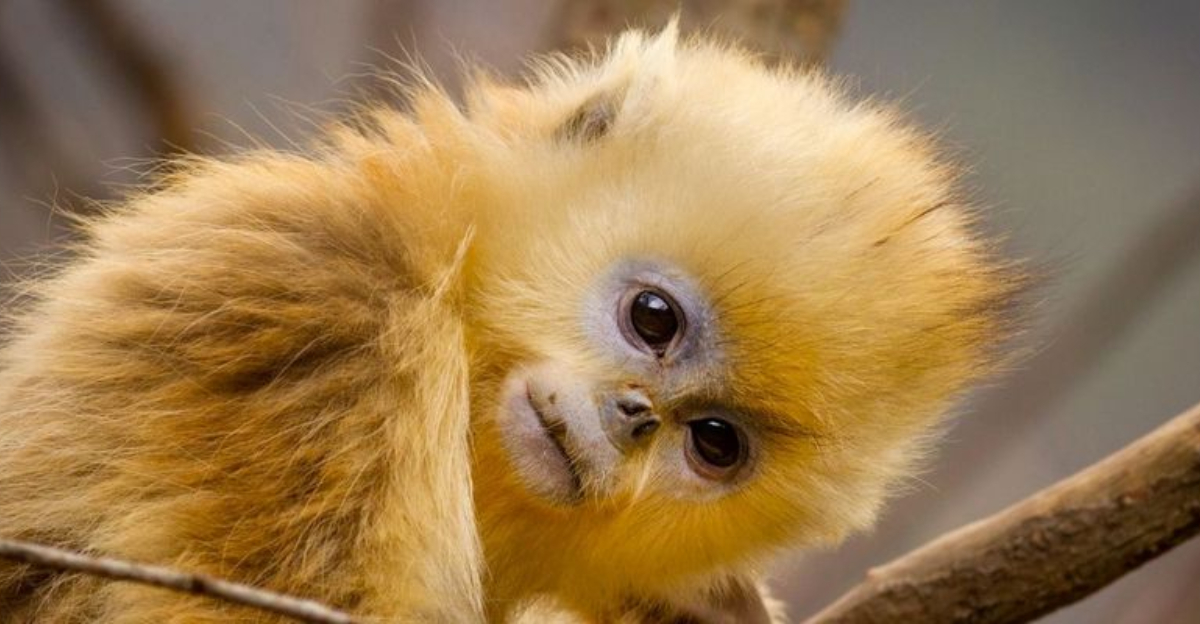
When we think of bamboo eaters, giant pandas instantly come to mind with their black and white markings and lazy bamboo munching.
But these iconic bears aren’t the only creatures that feast on this fast-growing grass. Many animals across the world have adapted to include bamboo in their diet, sometimes as a main course and other times as a snack.
1. Red Pandas
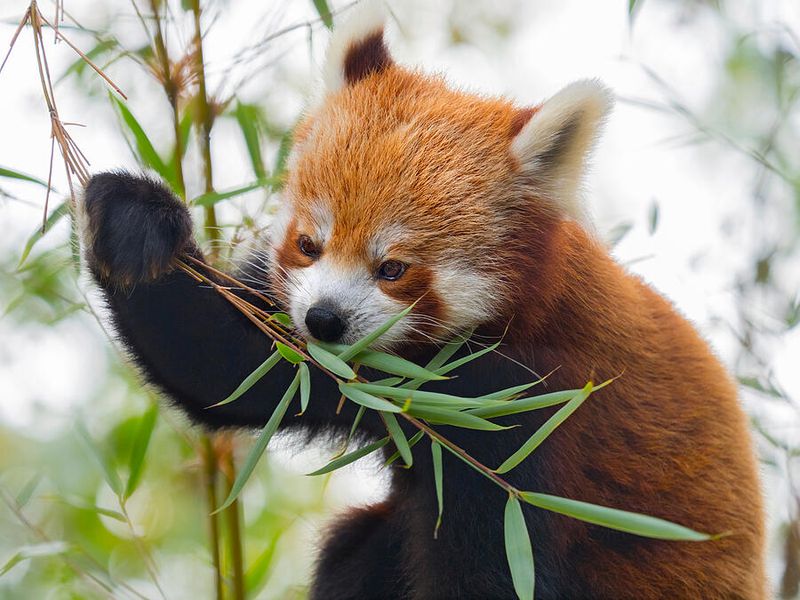
Unlike their larger namesakes, red pandas are raccoon-sized mammals with rust-colored fur and bushy tails. Though smaller than giant pandas, they’re equally enthusiastic about bamboo, consuming up to 30% of their body weight daily.
Their specialized wrist bones act like thumbs to grip bamboo stems while eating. Red pandas primarily munch on bamboo leaves rather than the tougher stalks their larger cousins prefer.
2. Bamboo Lemurs
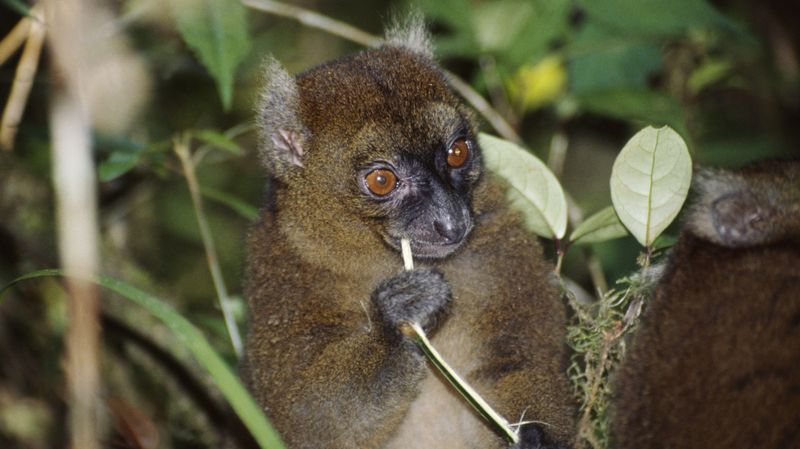
Madagascar’s bamboo lemurs are the only primates that specialize in bamboo consumption. These fluffy creatures have evolved powerful jaws and specialized digestive systems to process cyanide compounds found in their favorite food.
Scientists remain puzzled about how these small lemurs detoxify the potentially lethal amounts of cyanide they consume daily. With three distinct species, these remarkable animals face extinction due to habitat loss.
3. Bamboo Rats
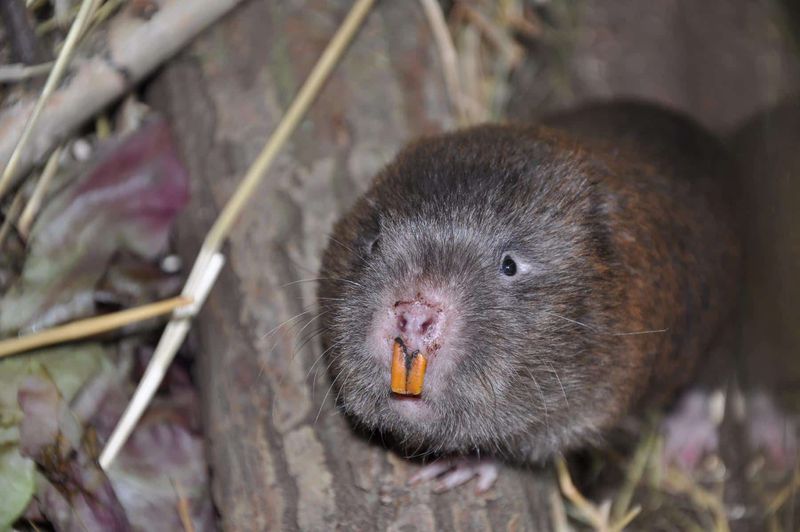
Burrowing through Asian forests, bamboo rats live almost entirely underground, creating extensive tunnel networks beneath bamboo groves. Their large, orange front teeth continuously grow to counter the wear from gnawing tough bamboo.
Some species can weigh up to 4 pounds – surprisingly hefty for rodents! Unfortunately, bamboo rats are considered delicacies in some Asian countries, leading to overhunting that threatens wild populations.
4. Mountain Gorillas
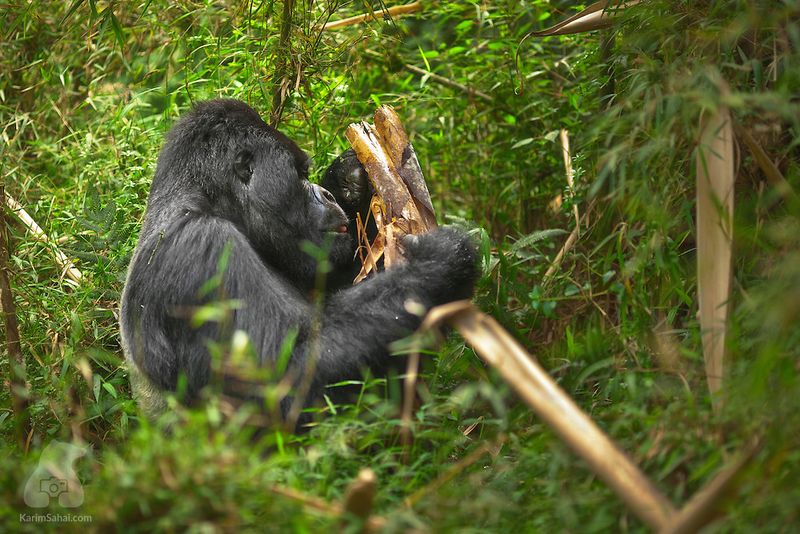
Mountain gorillas occasionally supplement their diet with bamboo shoots when available in their forest habitats. These magnificent apes use their tremendous strength to break bamboo stalks and extract the tender inner parts.
Bamboo provides valuable nutrients during seasonal food shortages in their mountainous homes. Young gorillas often learn bamboo-processing techniques by watching adults, showing how cultural knowledge passes through generations in these highly intelligent primates.
5. Elephants
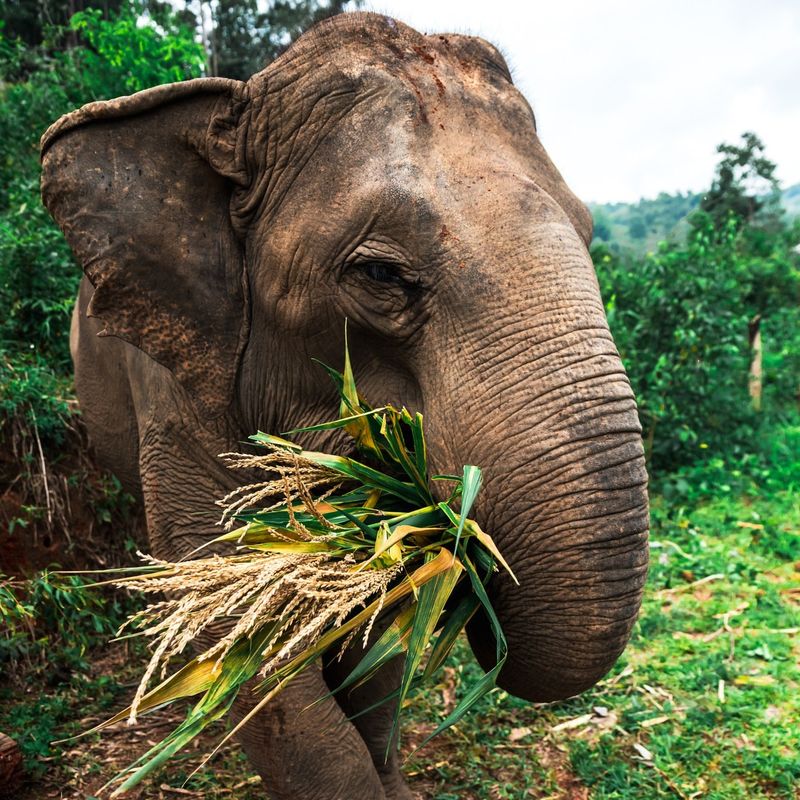
African and Asian elephants occasionally feast on bamboo when they encounter it. With their massive strength, elephants can uproot entire bamboo plants, consuming the nutritious underground parts that other animals can’t reach.
Bamboo provides essential fiber for these giants’ digestive systems. In regions where bamboo grows abundantly, elephant herds may significantly shape forest composition by creating clearings through their bamboo consumption, allowing other plant species to thrive.
6. Chimpanzees
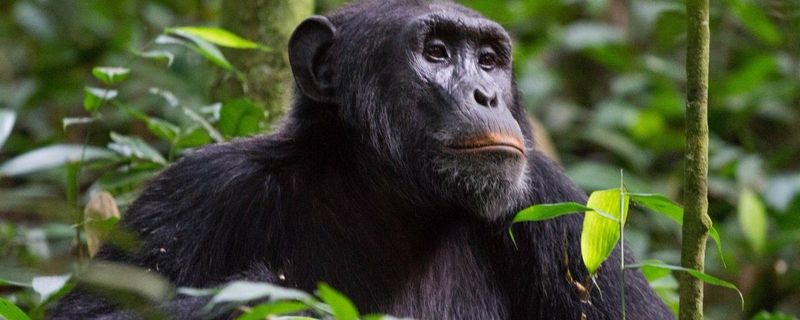
Our closest relatives occasionally include bamboo in their diverse diet. Chimps in Tanzania have been observed fashioning simple tools to extract termites from mounds built near bamboo groves, then snacking on bamboo shoots afterward.
Young bamboo shoots provide chimps with valuable protein and minerals. Some chimp communities pass down specific techniques for processing bamboo, demonstrating their remarkable cultural learning abilities and adaptability to local food resources.
7. Golden Monkeys
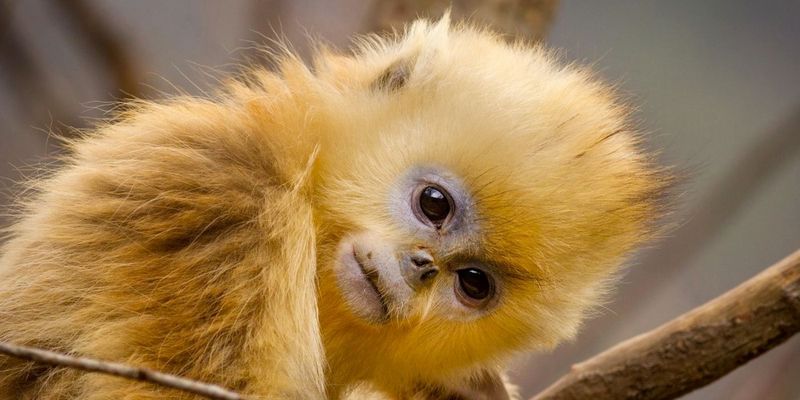
China’s golden monkeys sport striking orange fur and blue faces, creating a magical appearance as they leap through mountain bamboo forests. These endangered primates depend heavily on bamboo in winter when other food sources become scarce.
Their specialized digestive systems help process the tough plant material. Golden monkeys live in matriarchal societies where females lead groups of up to 600 individuals, coordinating movements through bamboo forests in search of the most nutritious shoots.
8. Bamboo Borers

These specialized beetles lay eggs inside bamboo stems, where larvae hatch and feast on the plant from within. Their powerful mandibles allow them to chew through even the toughest bamboo varieties. Some species create distinctive spiral tunnels visible when bamboo is split open.
While often considered pests in bamboo plantations, these insects play vital ecological roles by breaking down dead bamboo and recycling nutrients back into forest ecosystems.
9. Squirrels

Several squirrel species worldwide have developed tastes for bamboo shoots and seeds. In North America, eastern gray squirrels eagerly consume young shoots from ornamental bamboo gardens, sometimes causing gardeners considerable frustration.
Asian bamboo squirrels are specially adapted with strong jaws for cracking tough bamboo stems. During bamboo flowering events that happen once every several decades, squirrels feast abundantly on the rarely available bamboo seeds, leading to population booms.
10. Caterpillars
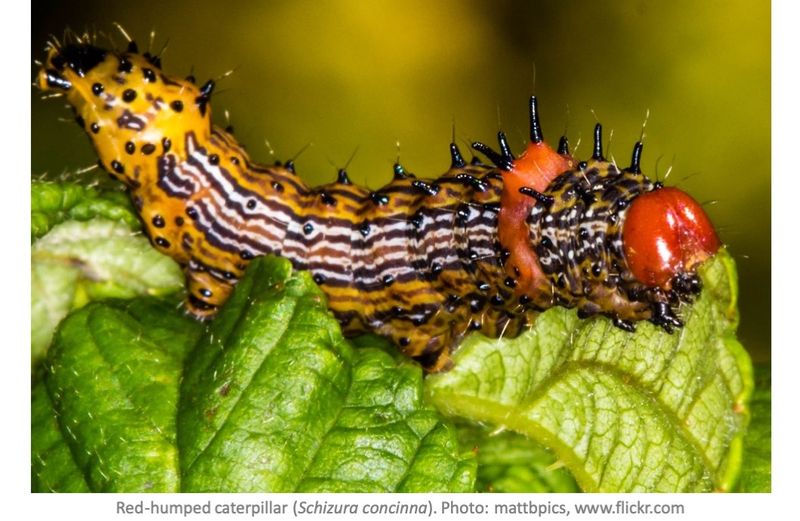
Certain moth species lay eggs exclusively on bamboo plants, where their caterpillars munch through leaves with remarkable efficiency. These specialized insects have evolved enzymes that break down bamboo’s tough cellulose structure.
Some bamboo caterpillars are considered delicacies in Southeast Asian cuisines. During bamboo flowering cycles, caterpillar populations can explode dramatically, sometimes completely defoliating bamboo groves before pupating into adult moths that continue the cycle.
11. Deer And Muntjacs
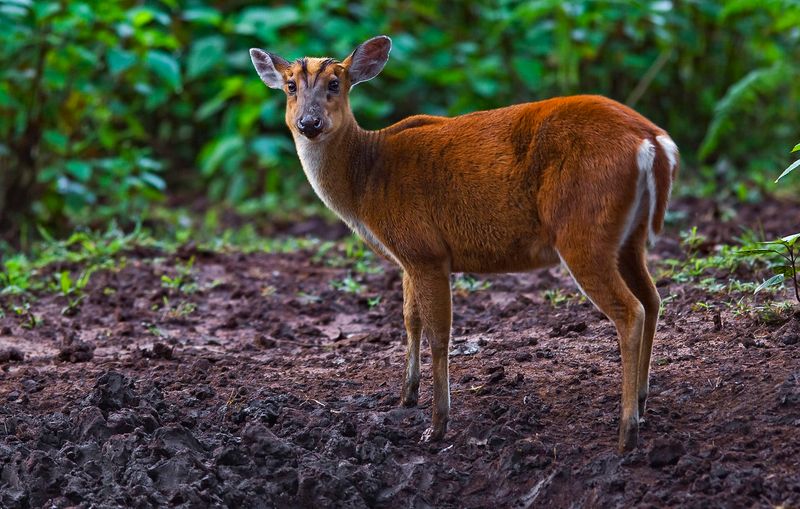
Forest-dwelling deer, especially the small Asian muntjacs, frequently browse on bamboo shoots and leaves. Their delicate mouths are perfectly suited for selecting the most tender bamboo parts while avoiding tougher sections.
Muntjacs use their specialized canine teeth to strip bamboo bark during winter. These deer-like creatures are sometimes called “barking deer” because of their distinctive alarm calls that echo through bamboo forests when predators approach.
12. Black Bears

American black bears in southern regions occasionally enjoy bamboo shoots when they encounter ornamental or escaped bamboo groves. These opportunistic omnivores appreciate bamboo’s high fiber content and easy accessibility.
Asian black bears more regularly include bamboo in their diet, particularly when bamboo is flowering. Bears have been known to travel considerable distances to feed on nutritious bamboo shoots during spring, when their bodies need replenishment after winter dormancy.
13. Gorals
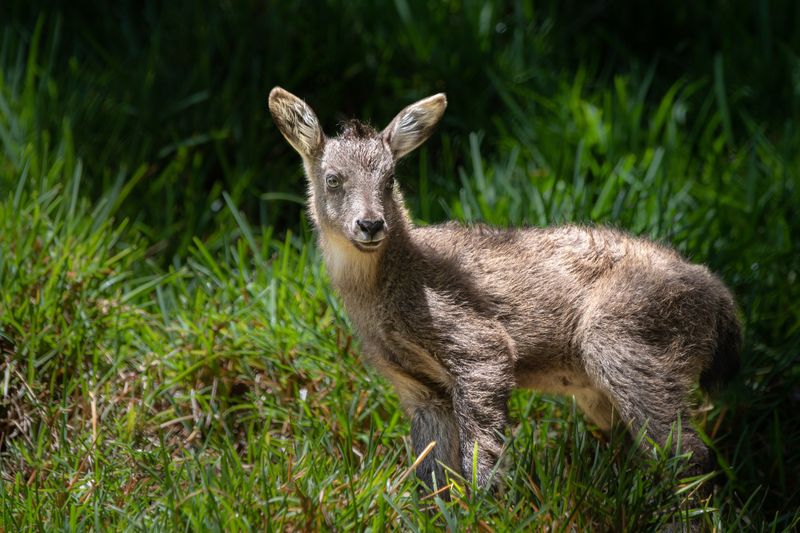
Mountain gorals are goat-like mammals native to Asia that navigate steep, rocky terrain with impressive agility to reach bamboo groves. Their specialized digestive systems ferment bamboo efficiently, extracting maximum nutrition from this fibrous plant.
With backward-curving horns and sure-footed stance, gorals can access bamboo growing on precipitous slopes where other animals cannot reach. These shy creatures are most active at dawn and dusk, when they emerge to feed on bamboo leaves.
14. Ring-Tailed Lemurs
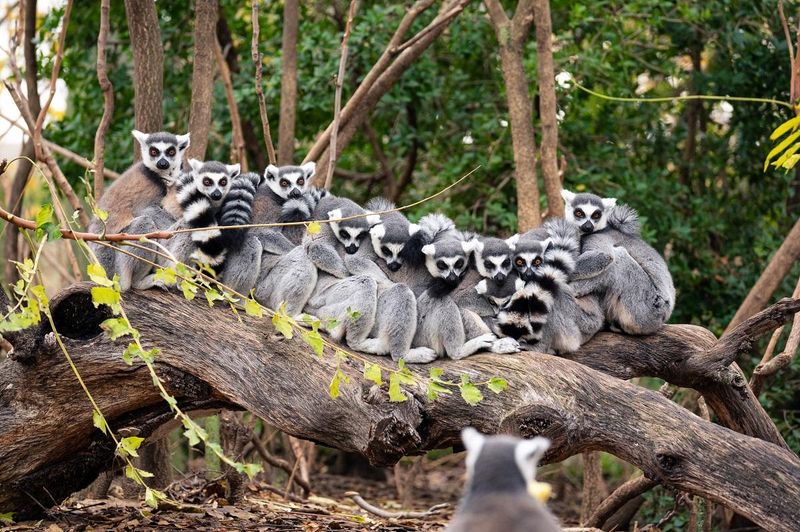
Madagascar’s iconic ring-tailed lemurs occasionally supplement their fruit-based diet with bamboo when available in their territory. Using their dexterous hands, they peel away tough outer layers to access the more digestible inner parts.
These social lemurs often feed in groups, with dominant females getting first access to choice bamboo shoots. Unlike their specialized bamboo lemur cousins, ring-tails only eat bamboo occasionally, preferring it during dry seasons when fruits are scarce.


